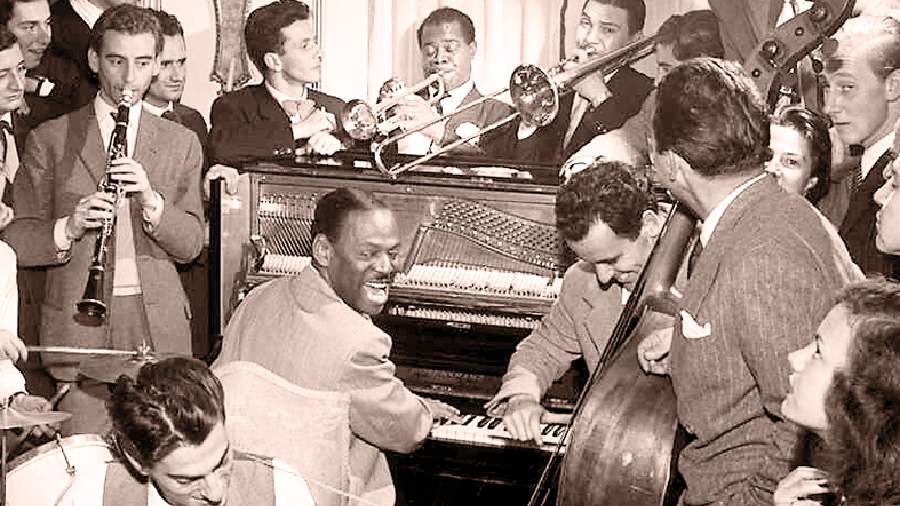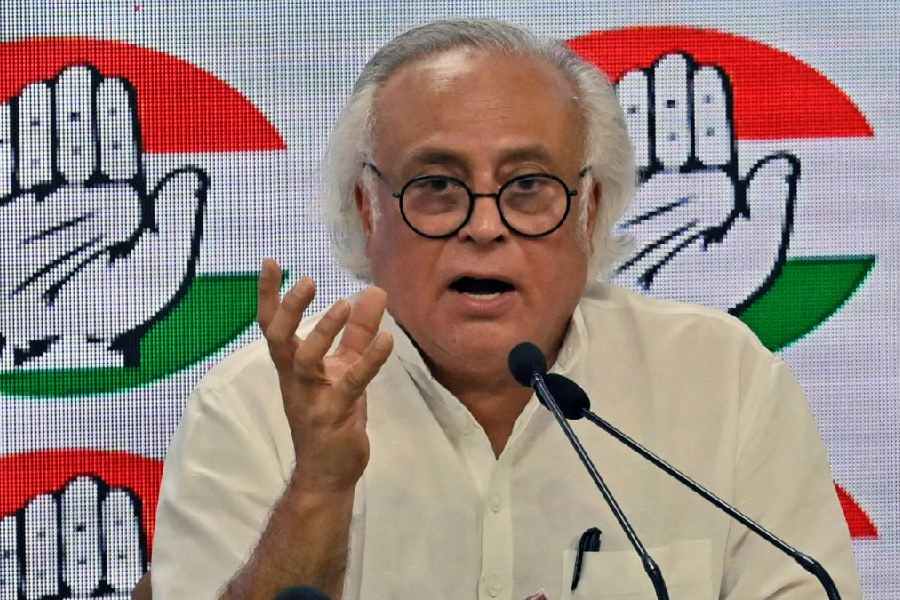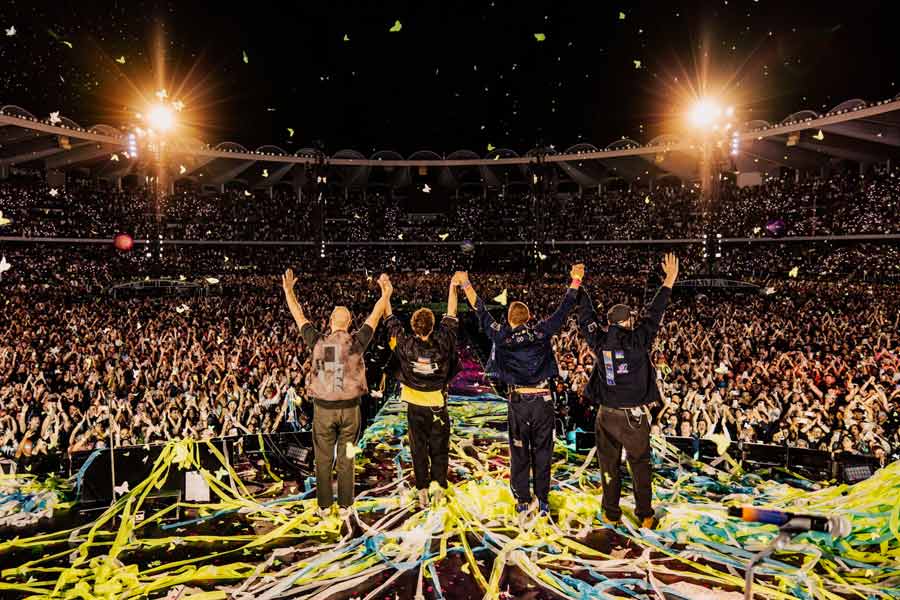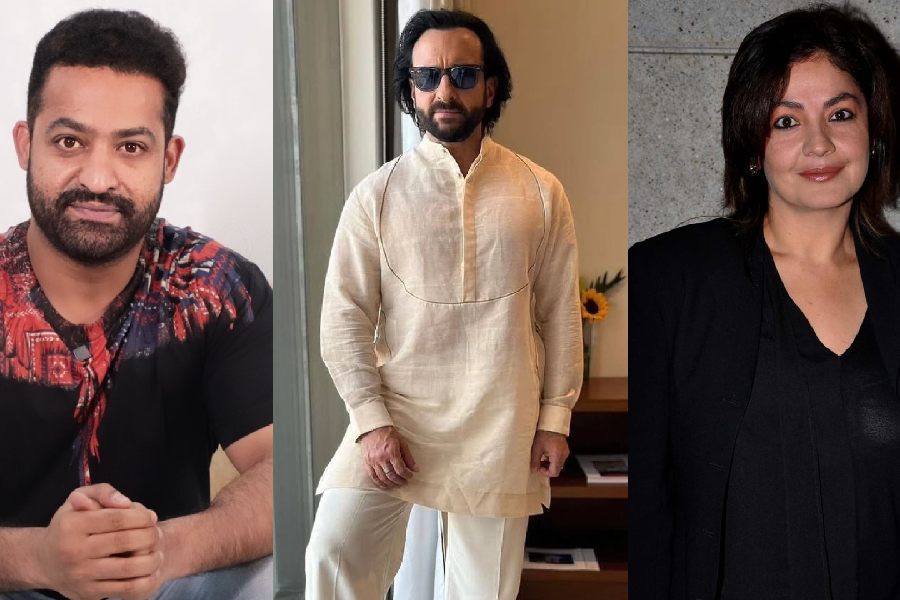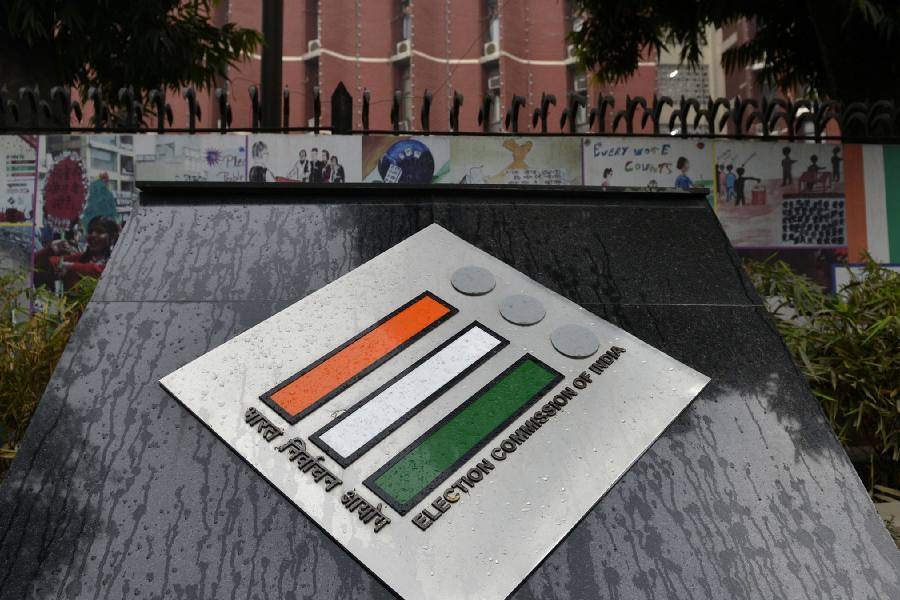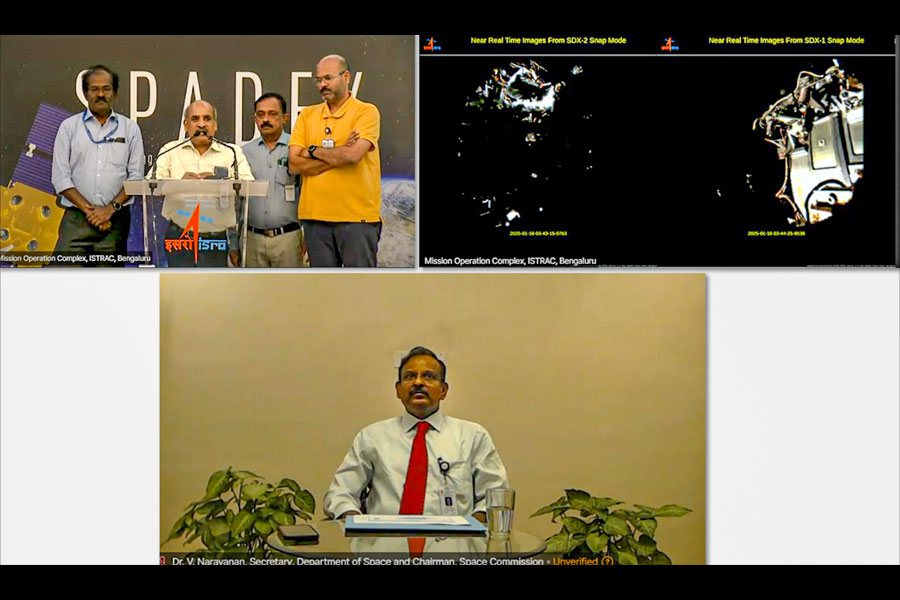Book: Dangerous Rhythms: Jazz and The Underworld
Author: T.J. English
Publisher: William Morrow
Price: $29.99
Reams of commentary have been produced, T.J. English writes, about how jazz “was an attempt to rearrange the molecular structure of the universe, to obliterate recent history [especially of racialized terror and lynching] and replace it with expressions of joy, inventiveness, and grace” (emendations in brackets mine). Similarly, we can find a whole library on the rise of the criminal underworld in the United States of America which emerged as “a parallel universe to the upperworld, both in its philosophical imperatives and its methods”. What hasn’t been commented on — and is the primary subject of Dangerous Rhythms — is the strange “quirk of history” via which jazz and the underworld developed conterminously. As English writes: “... social gathering places such as the saloon and, much later, the nightclub became places for… people to meet. It became commonplace for the financiers and owners of these establishments to be people with one foot, or perhaps both feet, in the underworld. Night people like to socialize and do business with other night people, and from the beginning music played a role as a facilitator of these interactions. As jazz evolved…, moving from plantations and the streets into the saloons and clubs, it moved from the background into the foreground.”
English narrates this riveting history by focusing on two major personalities: Louis Armstrong and Frank Sinatra. While the choice of Armstrong is understandable, English is aware that jazz purists may object to the importance given to Sinatra. English defends his choices by stating that his book is not about jazz as music but about jazz as a “business and cultural phenomenon”. The juxtaposition of Armstrong and Sinatra in the two parts of the book is appropriate as they were major stars and public figures while wallowing in what the pianist, Mary Lou Williams, calls “the muck and the mud” of the jazz business.
Biographical vignettes of Armstrong and Sinatra are touchstones as English’s narrative ranges far and wide with an expansive cast of characters, including Al Capone, Meyer Lansky, Fidel Castro, Billie Holiday, Duke Ellington, Miles Davis and Thelonius Monk. English narrates the complex stories of the unlikely alliance between African-American musicians and gangsters: “The average Black musician had less to fear from an Italian mafioso inside a club than he did from the average white cracker out on the street.” The relationship between jazz musicians and gangsters was far from benign: it was based on a “plantation mentality” and the musician was simply an employee for hire. Brutal violence could be exacted on musicians if they dared to cross the mob. The story of Joe E. Lewis is a chilling example. Lewis, who was Jewish, refused to renew his contract at the Green Mill with Danny Cohen. Soon he was brutally assaulted by thugs sent by one of Capone’s underlings, Jack McGurn. One of these thugs was Sam Giancana. Lewis’s vocal cords were cut, and he suffered a major concussion. Although he could identify his attackers, he refused to press charges. Twenty-two years later, Lewis was singing and cracking jokes at a Giancana family event. Here’s English on Giancana’s memory of the event: “… The story spread like wildfire… There isn’t a star alive now who would turn us down, especially Joe E. Lewis. He wouldn’t turn me down for nothin’. He’ll… croon his heart out all night if I tell him to.”
Dangerous Rhythms traces the history of this complex and oftentimes brutal history till the 1980s. In doing so, English manages to plot a history of America as a nation and the seamy underbelly of American capitalism. I leave the last word to him: “In the sometimes brutal cauldron of American life and the slippery slope of free-market capitalism, jazz was an art form known for its adventurousness and originality. For the music to function as a business, the practitioners and patrons of the music became unwitting underwriters of organized crime.”

